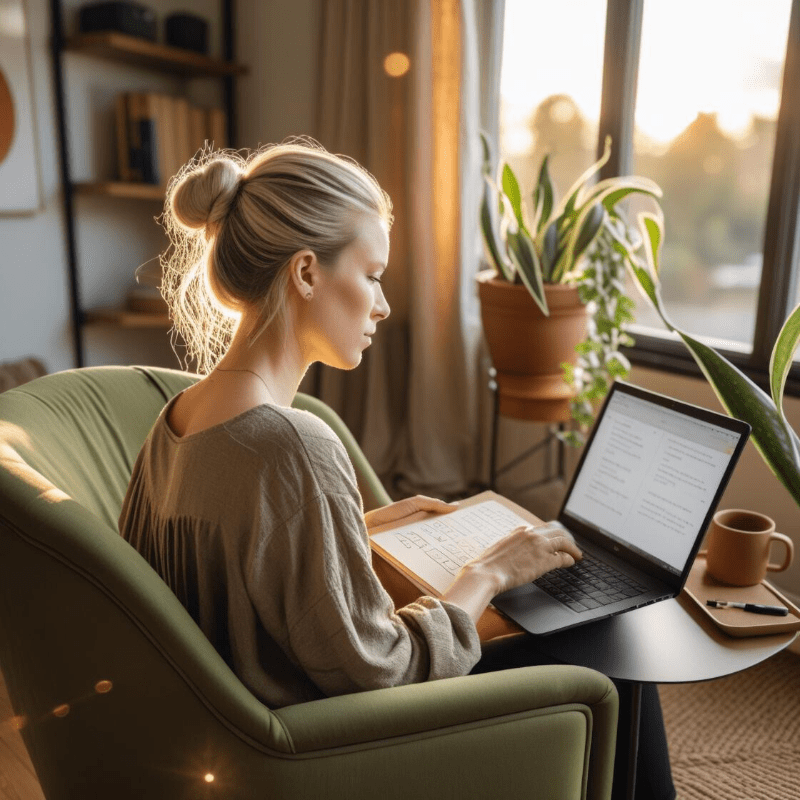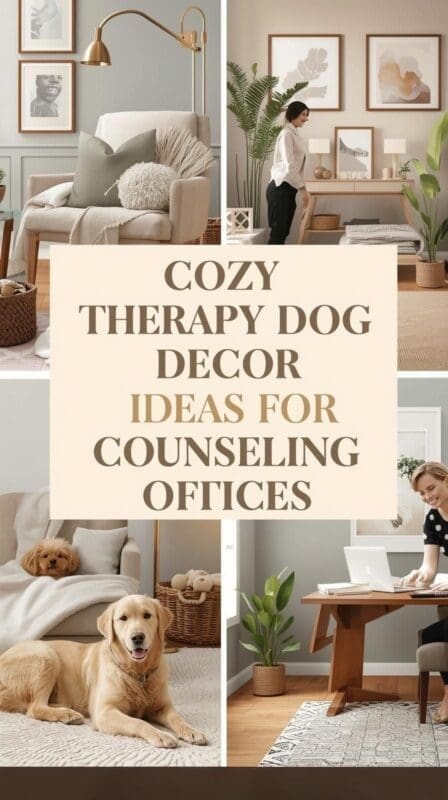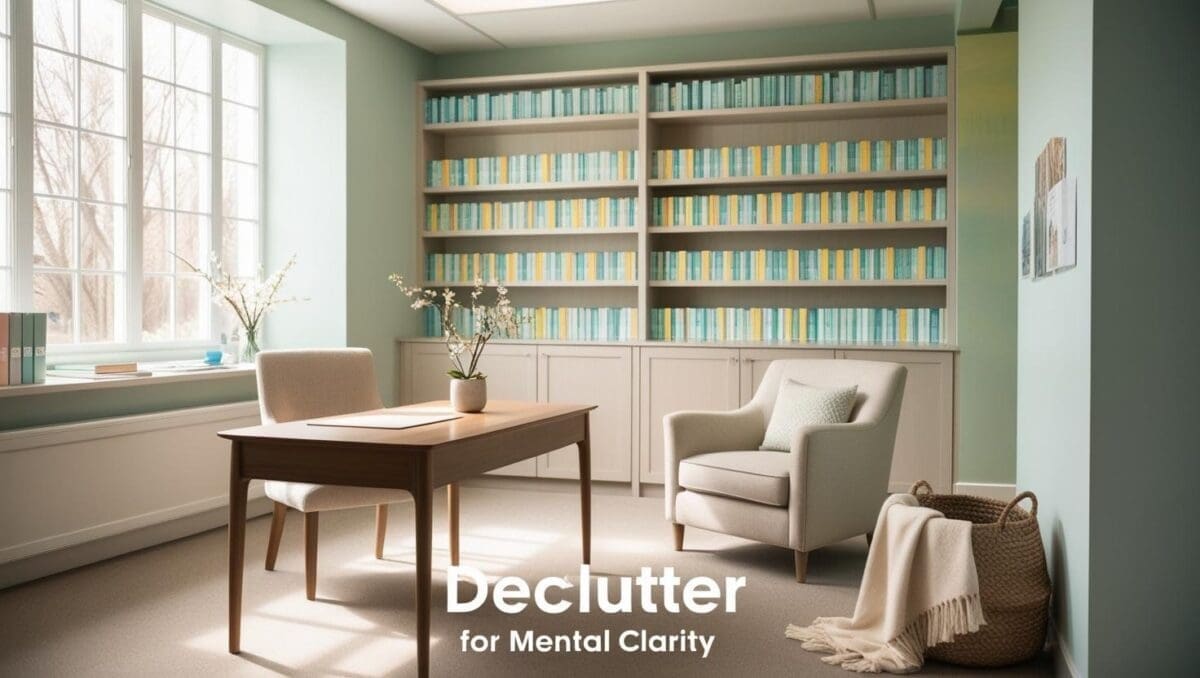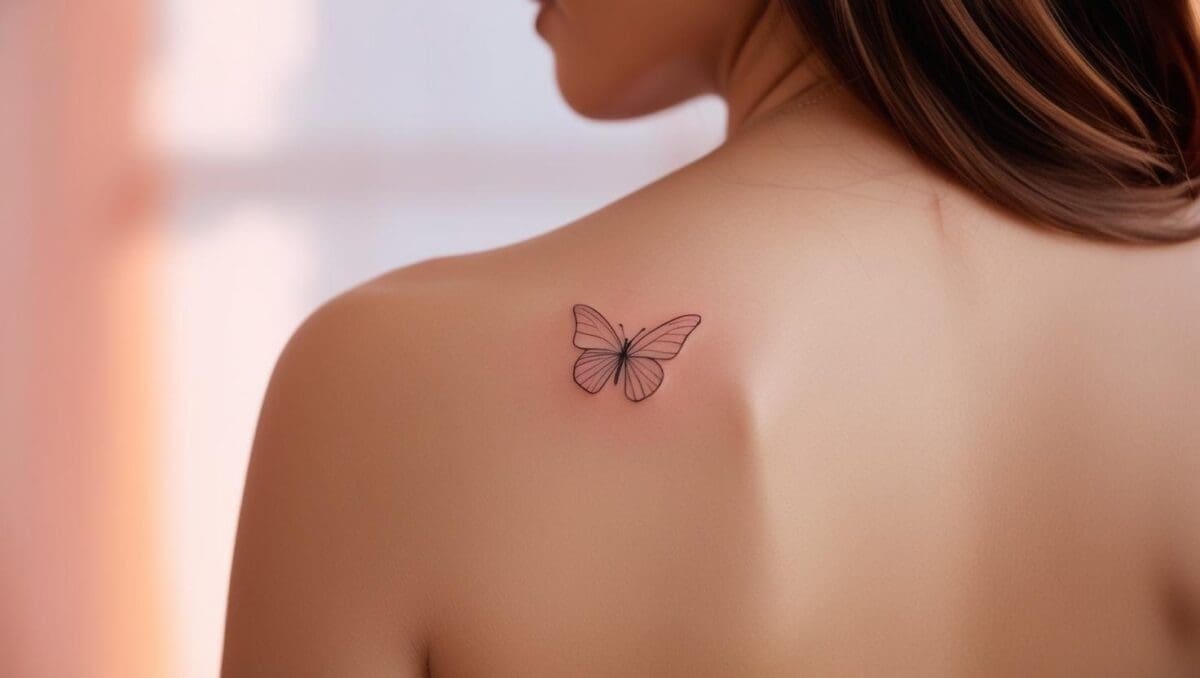A therapy dog brings warmth, trust, and connection to any counseling space. But when your office doubles as your dog’s workspace, design matters even more — for both comfort and professionalism.
This guide shares decor and layout ideas that balance client care, canine comfort, and calm visual harmony — creating a space that feels beautiful, ethical, and emotionally safe for everyone inside.
1. Designate a Grounding “Rest Zone”
Your therapy dog needs a predictable retreat — a physical cue that says “You can relax now.”
How to design it:
- Place a plush mat or orthopedic pad in a quiet corner.
- Use a washable wool or cotton cover in colors that match your decor (cream, sand, or sage).
- Add a soft throw or cushion for sensory warmth.
Why it matters:
Predictable rest zones reduce overstimulation for dogs and model healthy boundaries for clients who struggle with self-soothing.
2. Choose Materials That Balance Beauty & Durability
A therapy office can stay elegant and dog-friendly — it just takes mindful material choices.
Best options:
- Performance fabrics: stain-resistant linen blends or boucle.
- Rugs: flat-weave wool or washable cotton.
- Furniture: sealed wood, matte leather, or faux-suede that wipes clean easily.
Avoid: high-pile rugs, looped textiles, or strong essential oils that may irritate canine senses.
3. Match Your Color Palette to Calm Energy
Dogs read emotional tone from the environment as much as from your body language.
Try:
- Neutral bases: warm beige, greige, or soft taupe.
- Accent hues: sage, dusty rose, or muted terracotta for warmth.
- Lighting: amber or soft white bulbs (2700 K) to mimic natural light.
Why it helps:
Warm tones soften visual overstimulation for both clients and pets, fostering emotional regulation.
4. Integrate Storage Elegantly
Leashes, towels, and treats don’t have to clutter your space.
Design ideas:
- Woven baskets tucked under a console table.
- A low cabinet with labeled drawers: Calm Tools | Treats | Towels.
- Ceramic jars for treats that blend with your overall color palette.
Therapist tip:
Storing dog items neatly models self-organization — reinforcing calm energy for anxious clients.
5. Add Subtle Pet-Safe Scents
Scent shapes atmosphere, but some essential oils are unsafe for dogs.
Safe, calming choices:
- Lavender (in very low concentration)
- Chamomile
- Cedarwood or frankincense
Diffuse gently or use reed diffusers placed away from the dog’s rest zone.
Avoid: tea tree, eucalyptus, and citrus oils.
6. Style Your Waiting Area with Connection in Mind
If clients interact with your therapy dog before sessions, make that space intentional.
Ideas:
- A framed photo of your dog with a small sign: “Your greeter, Luna — always happy to say hello.”
- A low bench with a washable blanket for dog-friendly cuddles.
- Subtle dog art or paw-print ceramics for warmth without kitsch.
Why it helps:
Human-animal interaction lowers anxiety; showcasing it subtly invites openness without forcing engagement.
7. Keep the Space Grounded & Minimal
Avoid over-decorating or sensory clutter.
Visual balance tips:
- Limit color contrasts.
- Choose large artwork over gallery walls.
- Keep floor space open for mobility and play.
Therapist insight:
A dog’s movement naturally draws client focus; simplicity ensures it feels therapeutic, not distracting.
8. Create Seasonal Comfort Together
Let your therapy dog join the rhythm of the seasons.
Winter: add a faux-fur blanket and warm LED lamp beside their bed.
Spring: swap to breathable cotton and greenery in vases.
Fall: use muted rust tones for cozy, grounding vibes.
This keeps your office visually fresh while honoring the shared emotional landscape you and your therapy partner create.
9. Mindful Accessorizing
Small, intentional details can celebrate the bond between human and canine without feeling overly “dog-themed.”
Ideas:
- A ceramic paw tray for keys.
- Linen pillow embroidered with your dog’s name.
- Minimalist leash hook near the door in brass or wood.
Pinterest-friendly detail: combine your neutral palette with one playful accent — it photographs beautifully.
Final Thoughts
Designing a therapy dog-friendly office is more than an aesthetic choice — it’s an act of empathy. Every texture, scent, and light cue shapes how clients and your canine co-therapist experience safety and calm.
By blending design psychology with pet-friendly practicality, you create an environment where healing happens naturally — one soft pawstep at a time.
For more inspiration, explore How to Create a Therapy Dog-Friendly Office and Winter Home Office Decor Ideas.

About the Author
Hi, I’m Eve, a former school counselor with a master’s degree in School Psychology and a passionate advocate for children and families navigating sensory challenges. As a mom of children with sensory sensitivities, I deeply understand the journey special-needs parents face, and I dedicate myself to researching and sharing practical solutions to help children thrive and feel comfortable in their bodies. My goal is also to empower counselors, therapists, and psychologists with creative strategies and supportive resources to enrich their everyday practice. When I’m not writing or exploring new therapeutic approaches, you’ll find me spending quality time with my family and continually seeking inspiration from everyday moments.



